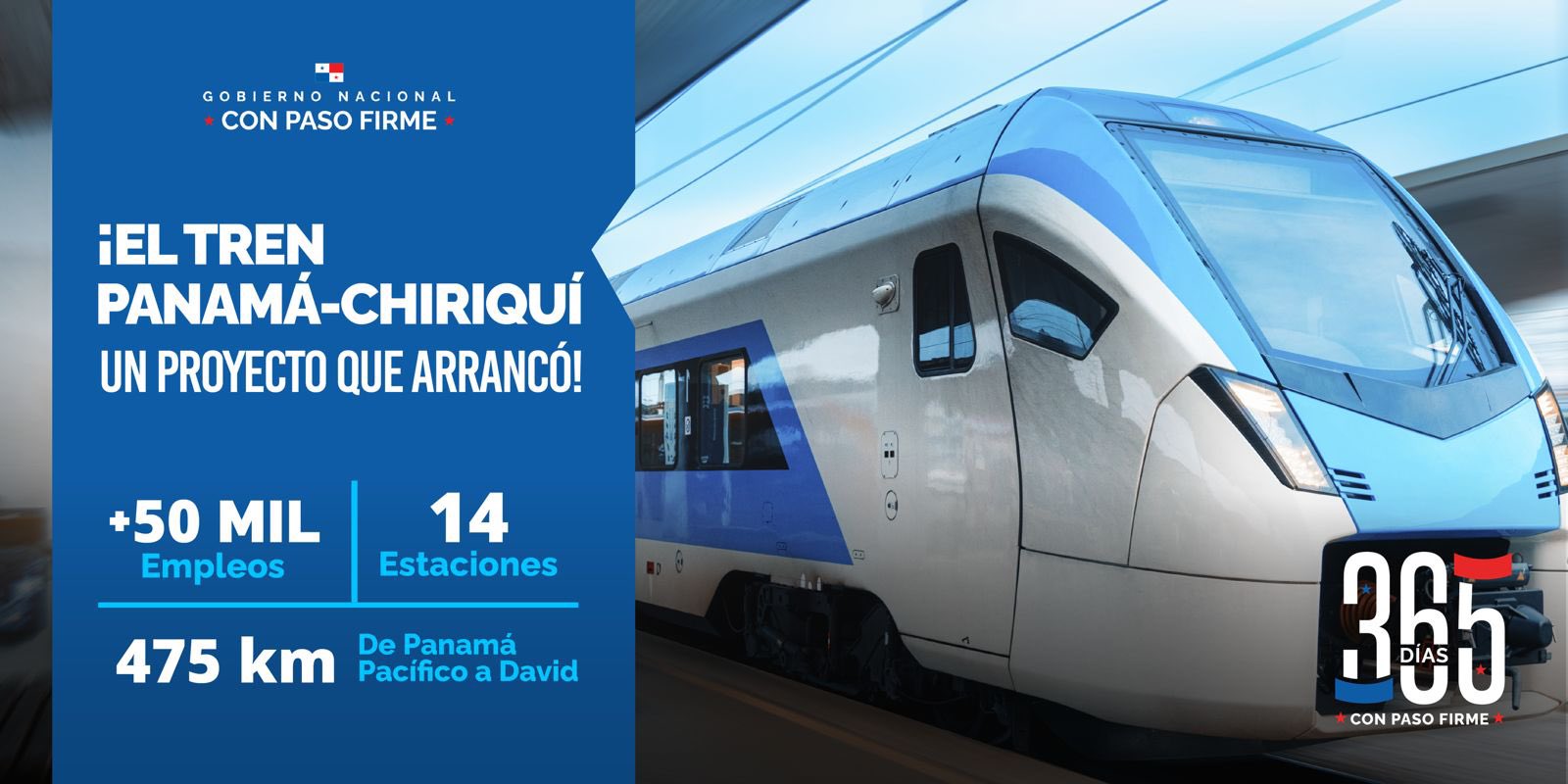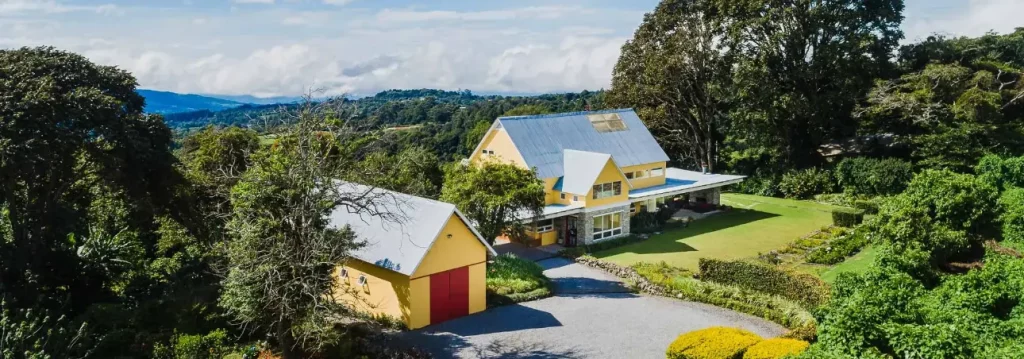
The long-anticipated Panama–Chiriquí railway is accelerating forward as the government announces a major milestone: the design of all 14 proposed stations is now complete. This infrastructure megaproject – officially called the Panama–David–Paso Canoas railway – aims to connect Panama Pacifico to the Costa Rican border across 475 kilometers of strategic territory.
At the one-year mark since the initiative was unveiled, the Secretariat of the Railway highlighted the project’s wide-reaching economic and regional implications. Notably, it is expected to generate over 50,000 direct and indirect jobs during its development, construction, and future operation. For investors, property owners, and real estate developers, this presents a pivotal shift in Panama’s internal logistics landscape.
Strategic Integration for National Growth
The government positions the project as a foundational pillar in its plan to enhance Panama’s logistics framework – a natural extension of its role as a global trade hub anchored by the Panama Canal. The train will serve not just as a transportation alternative but as a tool to integrate production zones with commercial centers and export channels.
President José Raúl Mulino emphasized Panama’s expanding role in global trade logistics during his recent visit to Spain, where he met with President Pedro Sánchez. Spanish firms – world leaders in railway construction – expressed interest in the upcoming public bidding process, which is expected to launch in early 2026. The collaboration could bring significant foreign investment and technical expertise into the project.
Sánchez, in turn, recognized Panama’s strategic value and underscored Spain’s support for its removal from discriminatory EU financial lists, further improving the country’s global financial reputation.
Key Stops: From Panama Pacifico to Paso Canoas
The 14 stations will span a wide variety of urban and rural areas, with key hubs expected in places like David – Chiriquí’s bustling provincial capital – and Paso Canoas at the Costa Rican border. This expanded connectivity holds major promise for towns and mid-size cities



